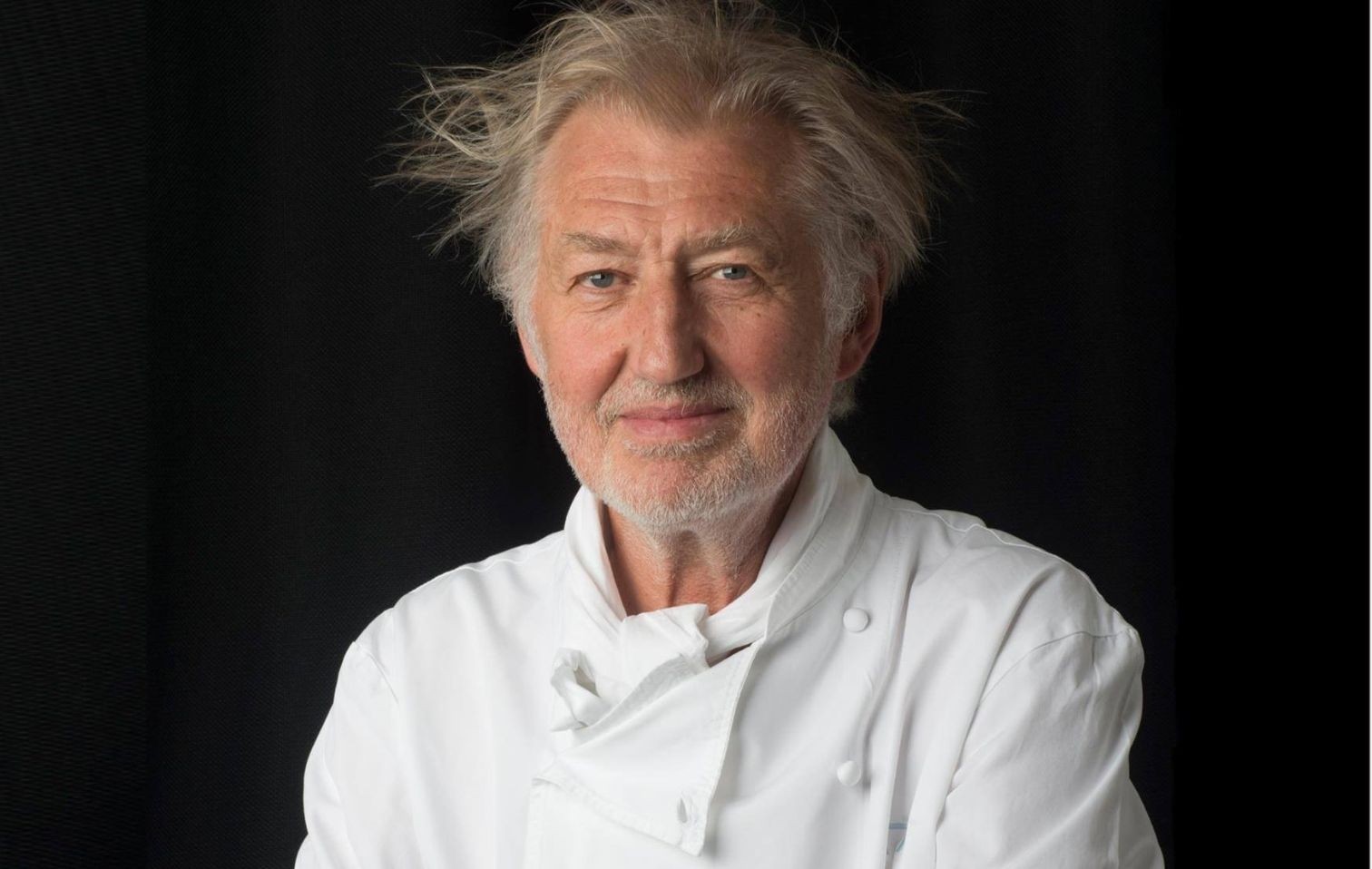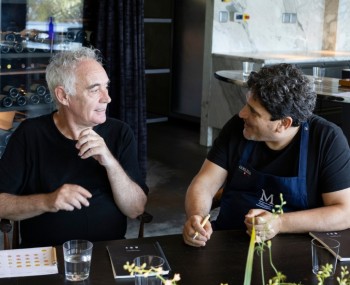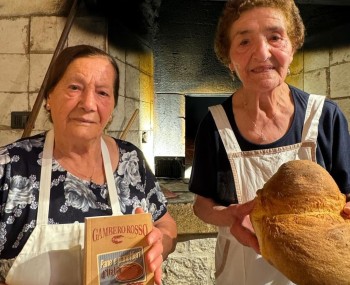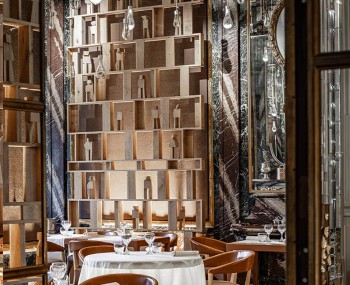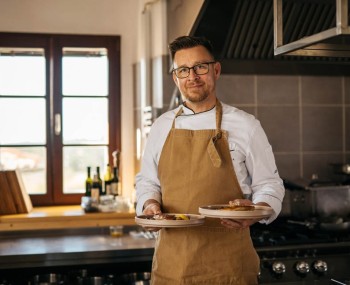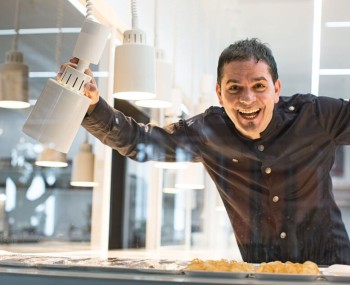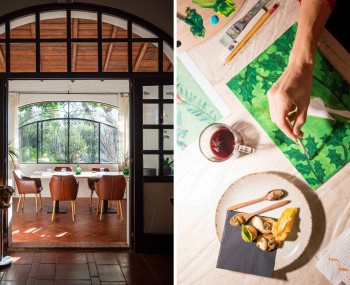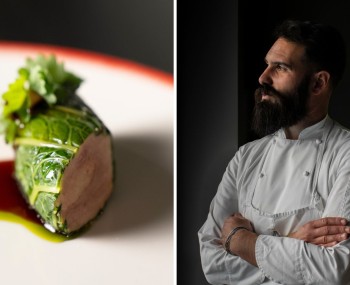Signature dishes? The chefs' golden prison and the public's comfort food. Great chefs' views on the haute cuisine of the future.
The theme
A much-sweetened and longed-for “delight” and a “cross” that sometimes clips the wings and gives way to monotony: this is what signature dishes are for many chefs. A reflection that transcends mere cuisine and becomes a real philosophical and psychological question, portraying the double side of the coin “exposed” by all those who sign an iconic dish. Signature dishes, the ultimate expression of a chef's creativity and talent, often, end up trapping that same creativity from which they sprang and turn into an indelible scar and the seed of diners' expectations. Iconic dishes represent, yes, the signature and identity of a chef, but at a given point in a career. They are seen as the safe and reassuring harbor by the public and critics, but for chefs, like all comfort zones, they end up, then, proving uncomfortable.
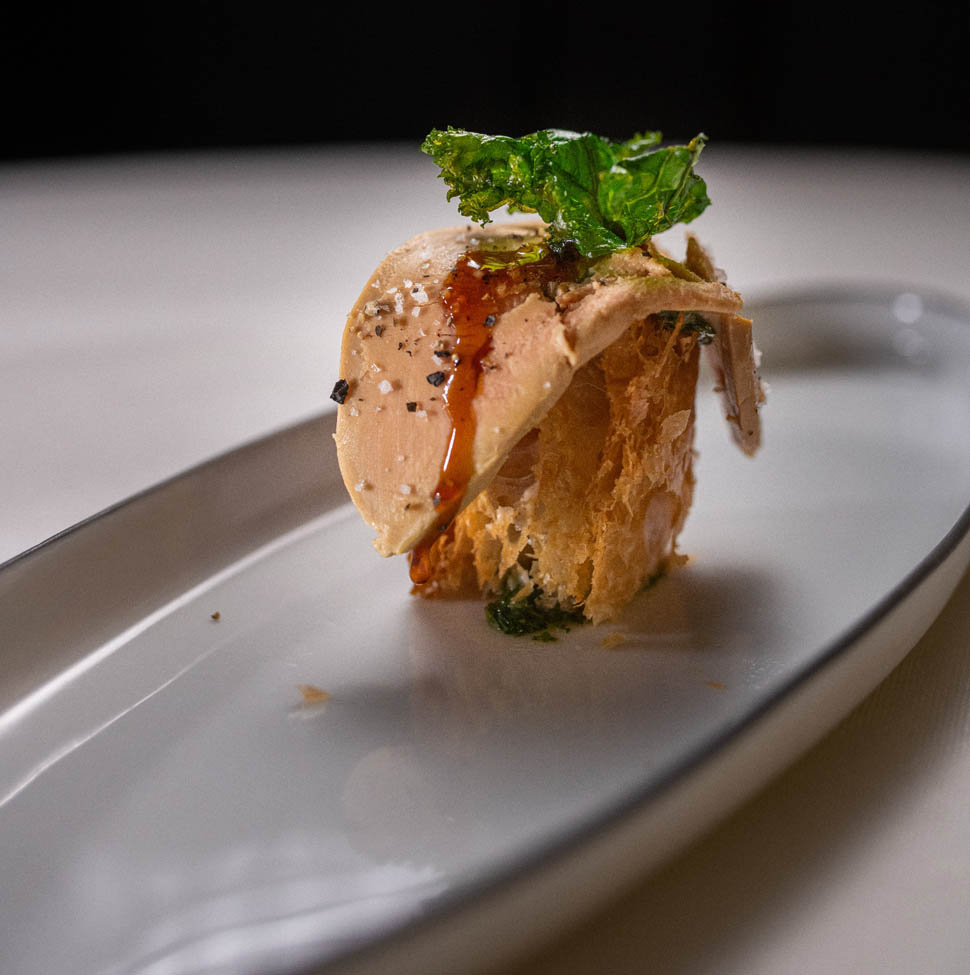
Signature dishes are an accomplishment, but also a trap for the evolution process of any food artist. “We create for ourselves, but recognition comes from the public. However, this recognition can freeze us in roles we did not envision ,” Pierre Gagnaire tells Food and Sense. The dish becomes, then, the restaurant's sign and the alter ego of the chef who finds himself obliged to impeccably and “mechanically” repeat his exceptional performance. "Repeating a dish again and again means depriving oneself of the right to make mistakes, to fail, to try something new, ” explains René Redzepi. The chef's hallowed creation, therefore, turns into a dictatorship of perfection that subjugates freedom of expression. “Every signature dish must be like a masterful score. But how many conductors end up playing this role unwillingly, simply out of duty?", comments Alain Ducasse.
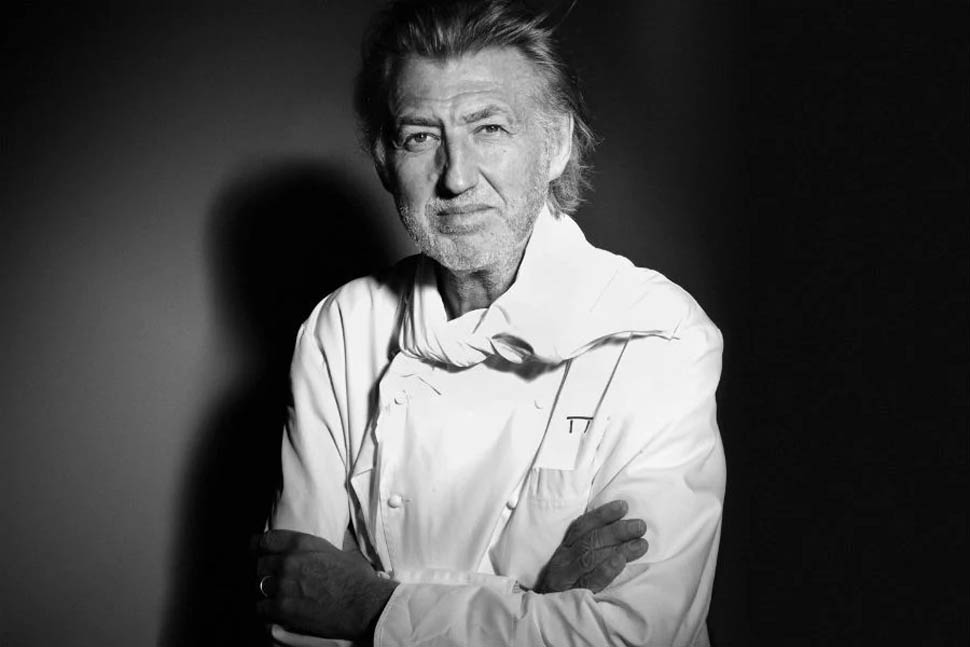
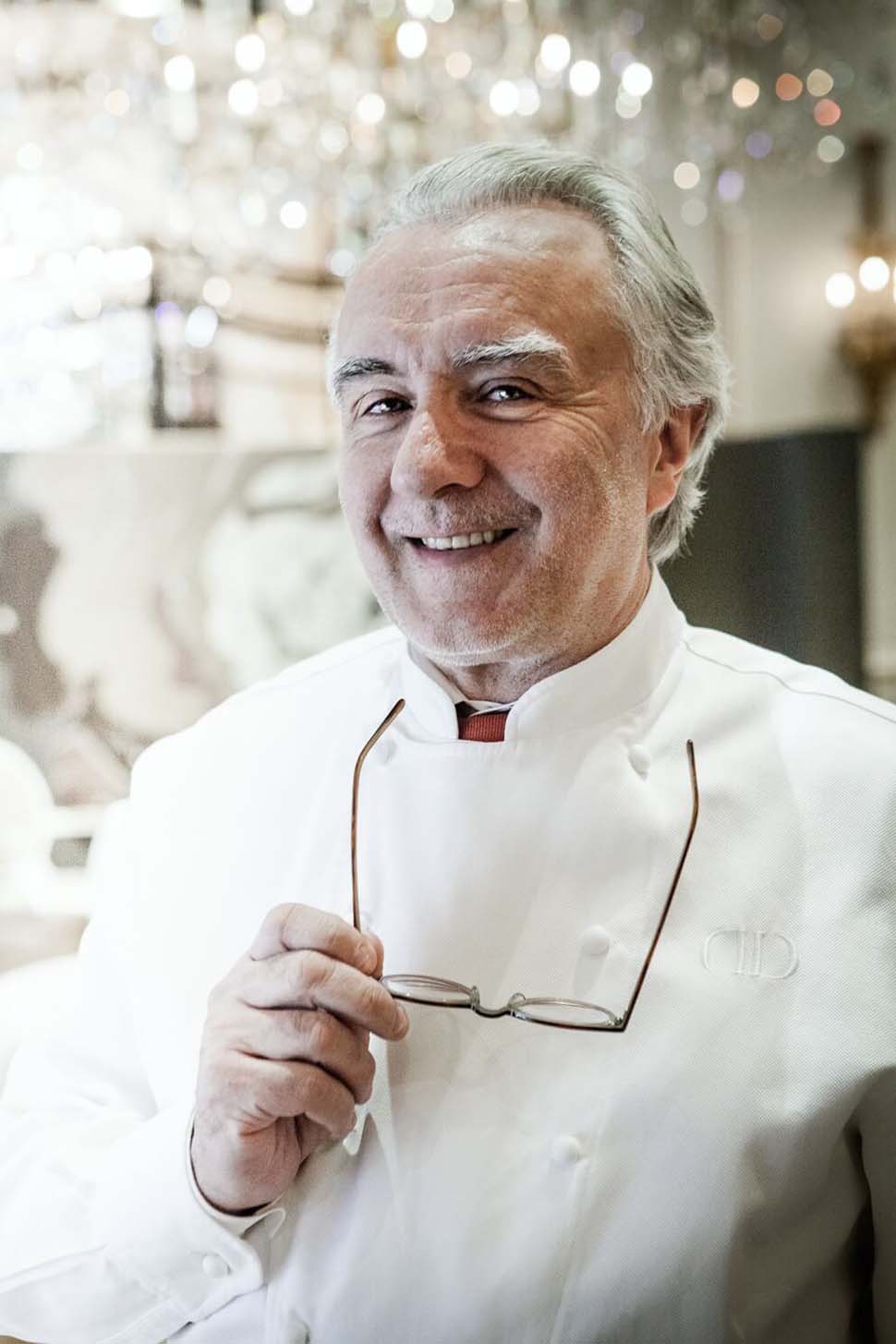
A gilded prison built not only by the expectations of diners, but also by critics, guides and social media, thus, ending up embracing the economic sphere. Often, in fact, it is the signature dish that is the driver of reservations and customer loyalty. “It becomes a moral contract with the public. It represents a promise and we have to keep it, even if it ends up weighing us down," explains Alain Passard. “Creating a dish for oneself is the beginning of art, but creating a dish to preserve it already means accepting that we will never detach from it again. The signature dish is as much a source of income as it is a burden. We maintain it out of necessity, but at what cost to innovation?", adds Yannick Alleno. Thus, the iconic dish becomes the very thin and delicate boundary between tradition and innovation, anchoring the chef's flair in the past. "The signature dish is a beacon, but it is also a reference point that demarcates horizons. It imposes a fidelity to the past, a kind of nostalgia for what we were, even if the cuisine is a language of the moment, “ confides Andoni Luis Aduriz.
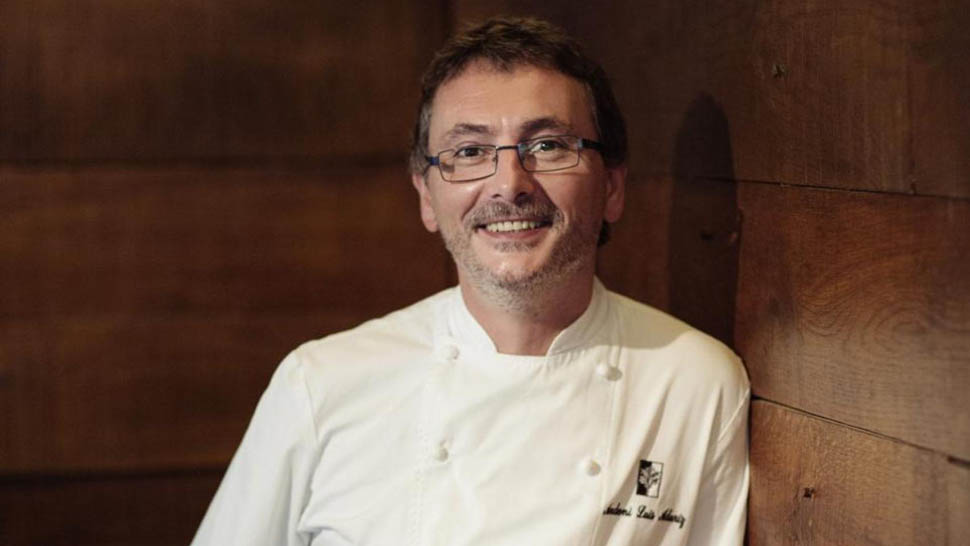
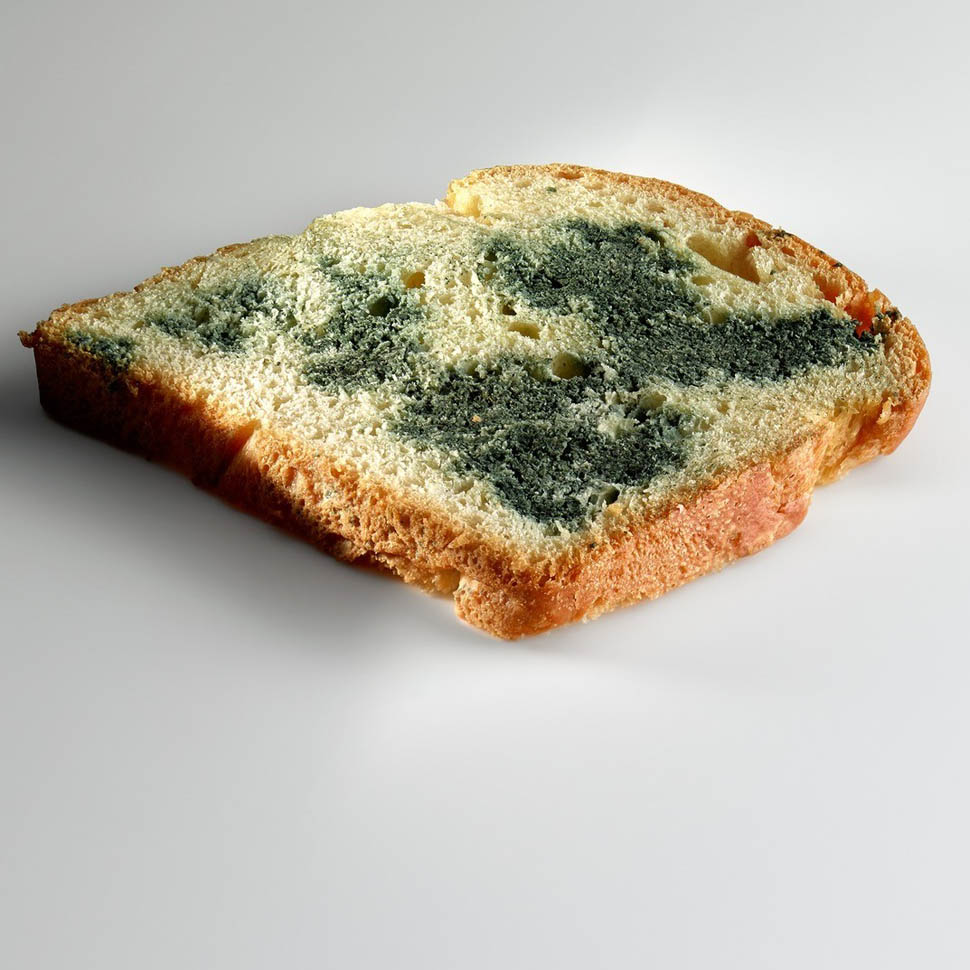
“The gargouillou (his iconic dish) has become our signature, but how many times have I wanted to radically transform it, without ever really daring?” says Michel Bras. The signature dish thus comes across as a song repeated on a loop, an inexorable déjà vue. “Cooking is an ephemeral gesture, when frozen in a signature dish, it becomes a collection, an object of the past, “ concludes Michel Troisgros.
